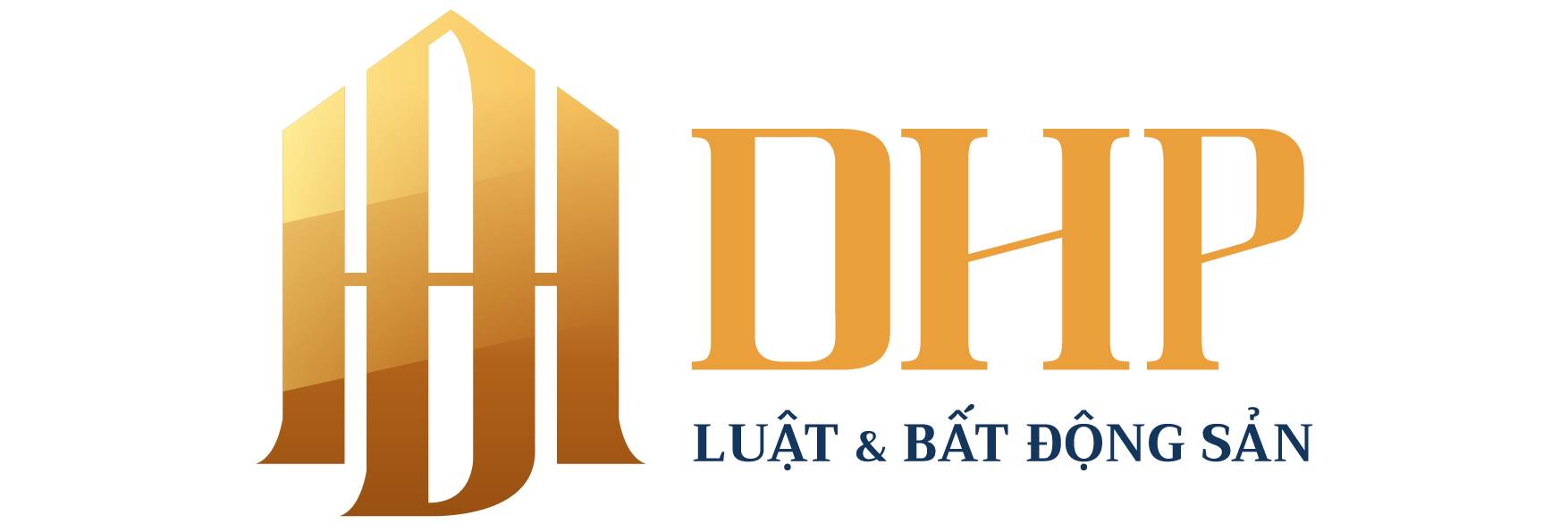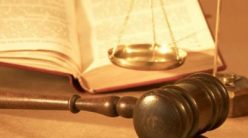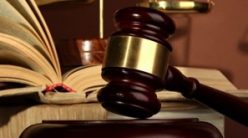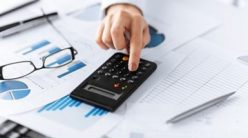The way the courtroom is arranged is considered a form of organizing the trial. However, it has a very important meaning in demonstrating the functions and duties of agencies and procedure-conducting persons, contributing to improving the quality of trial and litigation and performing the function of supervising the prosecution. comply with the law of the Trial Panel and the participants in the proceedings, ensure that the observance of the law and the observance of the law are strictly and consistently implemented in adjudication activities at the court sessions.
Currently, there are many conflicting views on the issue of the position of the prosecutor and the lawyer at the court hearing. In fact, the previous and most current court sessions are still arranged according to the model of the Procuracy sitting on a par with the Trial Panel to perform the function of supervising adjudication activities and exercising the right of prosecution (for criminal trial). This model still shows the role of the Judicial Council sitting at the center in the middle. The image of the representative of the Procuracy has been deeply ingrained in the eyes, the people’s love and respect as a defender of the rule of law, justice, defense of the State’s interests, and legitimate rights and interests. law of the people.
Some argue that the Criminal Procedure Code only regulates the proceedings, but does not stipulate the form of organizing a trial, the seating position of the Trial Panel, the Procurator, and the Clerk. , Lawyer… Because there is no unified and specific regulation on the arrangement of the right and left seats, how high and low, how to sit, so in each place, each province has a type of table and chair arrangement. difference. There are even many mobile trials, because the terrain of the hall is narrow or the tables and chairs are not arranged properly, so the person preparing the hall can use whatever style they like, not according to a certain rule. According to the survey, in some southern provinces, the Secretary sits in the middle, in front of the Trial Panel. In some places, representatives of the Procuracy sat on the same level as the Trial Panel with only a slight diagonal between each other; The reality of trial supervision in Quang Binh province shows that: representatives of the Procuracy sit on an equal footing with the Trial Panel and the Clerk, since 2014 some courtrooms have changed to represent the Procuracy and the Court. The clerk of the court session sat on a level with the Trial Panel but slightly apart, while the lawyer sat at the bottom of the courtroom. In Da Nang, the Procurator is arranged to sit below, on a par with the Lawyer, only the Trial Council sits at the top.
It can be said that this arrangement currently has no official guidance from the central agency, has not been popularized in many places and has not come to a specific consensus, just an initiative of the nature. pilot and arbitrary “breakthrough” of some localities.
According to the author’s point of view, derived from the concept that a procedure-conducting agency is a state agency, exercising state power in the settlement of civil cases, criminal cases, administrative cases and law enforcement. civil court or supervise the observance of law in legal proceedings to protect the legitimate rights and interests of subjects in society. The decisions of these agencies are binding on other subjects to comply. The procedural activities of these agencies are independent, not dependent on other individuals, agencies or organizations, but only obey the law. When performing their duties and powers, the procedure-conducting agencies must respect the people, submit to the people’s supervision, and take responsibility before law for the performance of their tasks and powers.
According to the provisions of Chapter III (from Articles 33 to 48) of the Criminal Procedure Code, procedure-conducting persons include: heads, deputy heads of investigating bodies, investigators; Director, Deputy Director of Procuracy, Procurator; The Chief Justice, Deputy Chief Justice of the Court, Judges, Jurors and Court Clerk. Also in Chapter IV (from Article 48 to Article 61) of the Criminal Procedure Code, procedure participants include: Persons held in custody; the accused; accused; victim; civil plaintiff; civil defendant; persons with interests and obligations related to the case; witness; defense counsel; the person defending the interests of the involved parties; examiner; interpreters. In addition, in each specific case, there are people such as: The legal representative of the person being held in custody, of the accused, of the defendant; the legal representative of the victim, of the civil plaintiff, of the civil defendant, of the person with interests and obligations related to the case.
From the above provisions, it can be seen that: Functions and duties of the Procurator, also known as the “Prosecutor” in criminal cases, representing the People’s Procuracy is the sole agency representing the rights and interests of the People’s Procuracy. State force to prosecute a person considered a criminal to come to light, to charge the defendant with a crime specified in the Penal Code. Meanwhile, a lawyer who is a participant in the proceedings, is a member of a professional social organization, does not act on behalf of the state power, cannot be equated with a representative of state power with a lawyer. – the participants in the proceedings through the dispatch of appointing the appointed defense counsel or the contract of commercial legal services with the client.
Therefore, the current seating model at the court session, the procurator, on the same level as the trial panel, is irreplaceable and consistent with the organization and operation of the judicial apparatus. The functions and tasks of the Procuracy and the Court are stipulated in the Constitution, the Law on Organization of the People’s Procuracy, the People’s Court, etc. The above viewpoint is also reflected in the following aspects:
Firstly, at present, Vietnam’s procedural model is still a procedural model that mixes interrogation combined with litigation. This is a basic feature of the Vietnamese procedural model, not completely switching to a purely litigation model like many other countries.
Second: It is not correct to determine that the representative of the Procuracy and the lawyer, respectively, hold the role of accusing, clearing and having equal roles in the proceedings. Because the external procuracies perform the function of exercising the right to prosecute (impose charges) at the trial; In case of criminal proceedings, the trial of administrative, civil, commercial business and labor cases in accordance with the law, the representative of the Procuracy also performs the function of supervising the law observance of the review council. the court and the participants in the proceedings, ensuring that the observance of the law and the observance of the law are strictly and uniformly implemented in adjudication activities. When performing these tasks, the Procuracy represents the People’s Procuracy in the name of the State to protect the interests of the State, the public interests, the legitimate rights and interests of the people. These important legal powers of the Procuracy are all stipulated in the Constitution, the Criminal Procedure Code, the Civil Procedure Code, the Administrative Procedure Law…
Thirdly: In terms of the organization of the State apparatus, the People’s Procuracy has the same role and position as the Court system. Meanwhile, the role of a lawyer is mainly to defend and defend one or several “clients” at court hearings as required or appointed by law.
To unify the form of organizing the trial in the whole country. It is thought that in the coming judicial reform process, it is necessary to legislate the regulations on the seats of procedure-conducting persons and participants in court proceedings. In particular, it is necessary to note the arrangement and arrangement of seats of the Trial Panel, the Procurator, and the Lawyer to suit the legal status of each subject in the proceedings. It is necessary to keep the same arrangement as before, specifically: The Trial Panel, the Procurator and the Clerk of the Court session should be arranged in an equal position because they are all procedure-conducting persons, representing for each other. The new state power shows the true nature, role and legal status of the prosecutor at the trial. In addition, it is necessary to strengthen and improve the facilities for the current court rooms, the installation of Camera devices to monitor the progress of the Court session is necessary to ensure the sanctity and solemnity of the court’s activities. adjudication and uniform implementation nationwide.
Source: According to tapchitoaan.com
For support and advice on Business, Investment, Litigation, etc. in the best way, please contact us with the following information:
DHP
Law Firm Address: L4-09.OT06 Landmark 4 Building Vinhomes Central Park, 720A Dien Bien Phu, Ward 22, Binh Thanh District, Ho Chi Minh CityHotline: 0986.938.627Zalo, Viber, Line: 0986.938.627Facebook: facebook .com/DHPLAW








